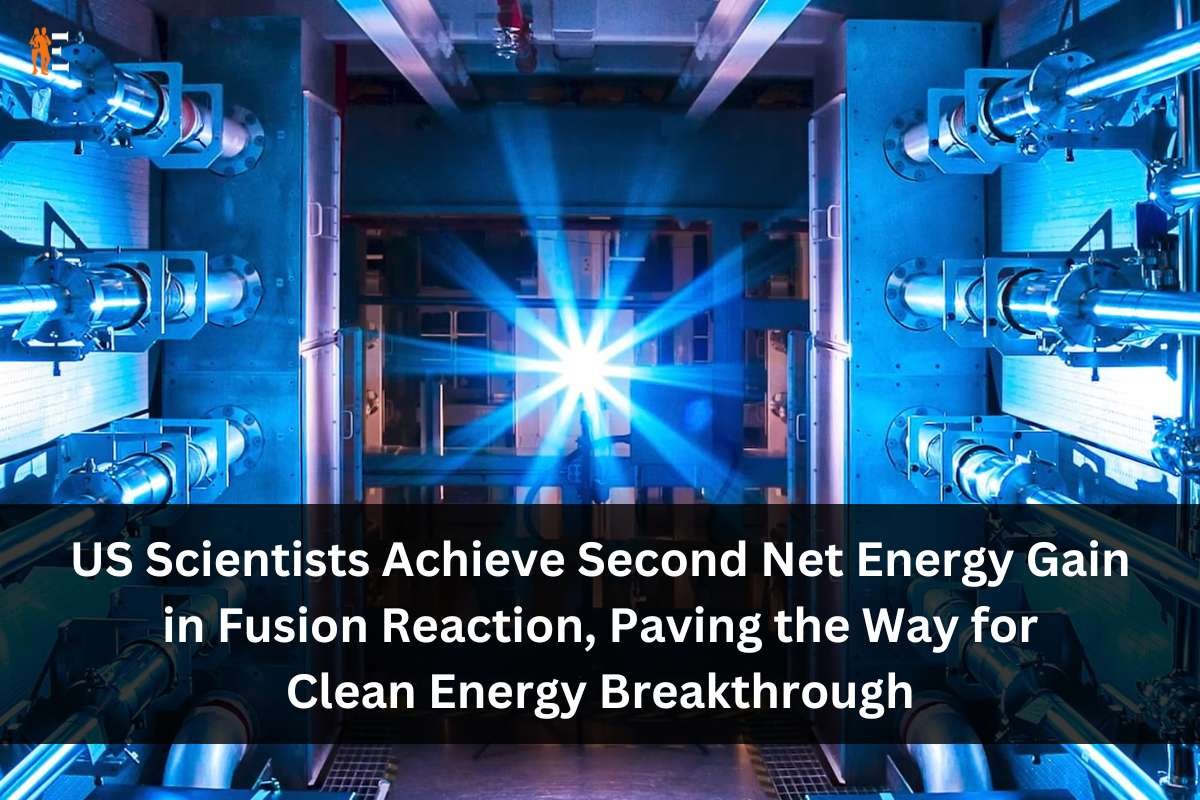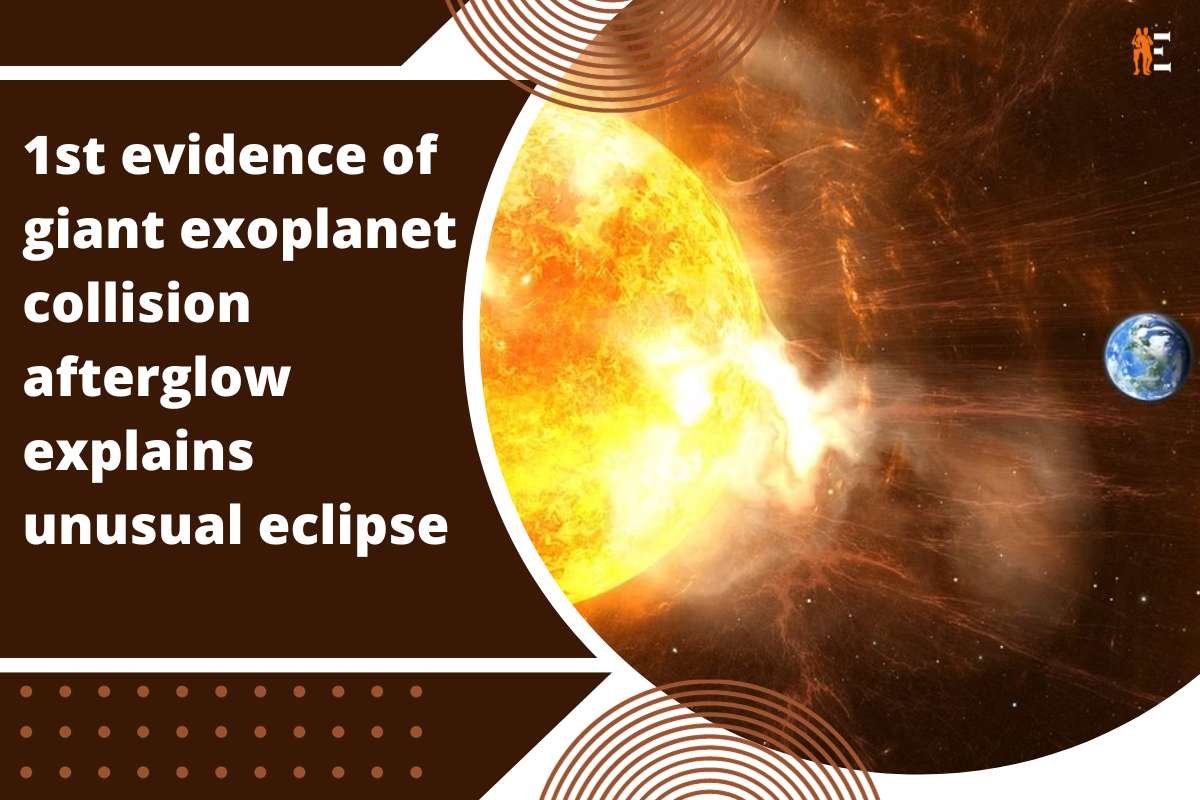In a significant stride toward realizing the dream of clean and boundless energy, US government scientists have achieved a net energy gain in a fusion reaction for the second time. This achievement is expected to usher in a wave of optimism about the potential of limitless, zero-carbon power generation.
Replicating the fusion reaction
Since the 1950s, physicists have diligently worked to replicate the fusion reaction that powers the sun. The pivotal milestone of producing more energy from the reaction than is consumed, a state known as ignition, remained elusive until December. However, a groundbreaking breakthrough occurred at the federal Lawrence Livermore National Laboratory in California, where researchers accomplished ignition for the first time last year. Building on that success, the laboratory replicated the feat in an experiment on July 30, yielding even higher energy output than the initial December achievement, according to sources familiar with the preliminary findings.
The laboratory has officially confirmed the accomplishment of net energy gain at its state-of-the-art laser facility, highlighting that a detailed analysis of the results is currently underway. In a statement, the laboratory shared, “Since demonstrating fusion ignition for the first time at the National Ignition Facility in December 2022, we have continued to perform experiments to study this exciting new scientific regime. In an experiment conducted on July 30, we repeated ignition at NIF. As is our standard practice, we plan on reporting those results at upcoming scientific conferences and in peer-reviewed publications.”
Nuclear fusion ‘breakthrough’: US laboratory’s net energy gain paves way for clean power future
How does it work?
Fusion, the process of merging two hydrogen isotopes, typically deuterium and tritium, involves heating them to extreme temperatures, resulting in the fusion of atomic nuclei, the release of helium, and the generation of copious amounts of energy in the form of neutrons. While practical fusion power stations might still be several decades away, the potential of this technology is undeniable. Fusion reactions do not emit carbon, leave behind long-lived radioactive waste, and a minute quantity of hydrogen fuel holds the potential to power a household for hundreds of years.
Among the various approaches studied, magnetic confinement is the most widely explored method, utilizing colossal magnets to stabilize and heat the fuel to temperatures surpassing those found on the sun’s surface. The National Ignition Facility (NIF), however, employs an alternative technique known as inertial confinement. This involves directing the world’s most potent laser at a minute capsule containing the fusion fuel, which triggers an implosion and initiates the fusion reaction.











